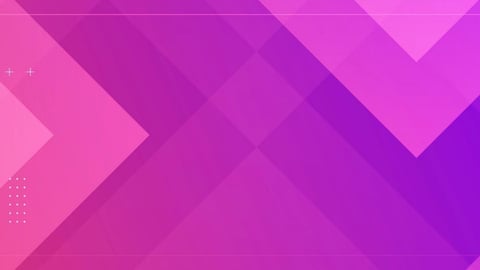Reinventing Machine Learning in Times of Crisis
No amount of computer technology or predictive modeling could have prepared the consumer goods industry for the shifts in behavior we are currently seeing, from a booming interest in online grocery purchases as shoppers continue to avoid crowded spaces; to a growing interest in toys and science kits as schools and camps remain closed; to a plummeting demand in sunscreen and swim gear as parents find new ways to occupy their children in this pandemic summer.
These radical, large-scale changes in consumer demand are a great example of the limitations of machine learning models. No matter how accurate model predictions are, they are always rooted in learning from past samples and can only predict outcomes that have happened in the past. This process is called training, and is the underlying core of predictive models used for demand forecasting, sales predictions, and optimization of the consumer goods supply chain in general.
With coronavirus, our reality has taken a sharp left turn. The models that we build upon no longer apply, because key data points — supply, demand, consumer habits — have all shifted radically.
Now more than ever before, CGs must make data-driven decisions at record-setting pace, yet they are finding the models they use in these operational processes to be ineffective for solving critical questions such as:
Brick and Mortar Sales: What is the level of quarantine in my target markets? Which retail outlets remain open? Which products do I need to supply? How is the developing economic crisis and growing unemployment impacting my current and future sales?
E-commerce: What are customers looking for on e-commerce platforms? What are emerging purchase trends and what risks and opportunities do they pose? To what extent is the shift towards e-commerce permanent?
Supply chain and logistics: How are quarantine restrictions and hospitalization rates impacting manufacturing in different regions? Which raw materials are going to be challenging to source? How are travel restrictions impacting my ability to source or sell internationally?
Product development: Are changes in consumer preference creating opportunities that should impact my product portfolio? Should I enter new markets or divest from existing ones? Are there new bundling opportunities to leverage?
We don’t have significant data about COVID-19 or its long-term market effects. In the wake of this storm, the CG industry needs to achieve real-time visibility and rapidly react to the changing environment. This would allow them to make data-driven decisions at a breakneck speed, in terms of sales, e-commerce, supply chain and R&D.
Here is a three-step process all CG companies should be applying now to help weather this unprecedented crisis.
1. Build a new data war room
Start by asking yourself an important question: How is your business fundamentally affected right now? Collect the relevant data: How has the pandemic impacted demand, distribution, and manufacturing?
Run the numbers for these three key areas, taking into account all relevant consumer touch points within your brand including social, advertising and e-commerce. Build real-time dashboards that visualize and monitor the data that is driving your business.
2. Implement changes in real time
Once you have a feel for the size and scope of the impact on demand, distribution and manufacturing, you’ll be able to understand the changes and calibrations that your product range requires. For instance, what products are in particularly high demand? In which neighborhoods? What types of stores remain closed to customers?
The goal is to have this information at the fingertips of decision-makers and operators within your organization, so they can take informed real-time actions.
3. Apply AI beyond prediction
As our attention now focuses on how to reopen the economy, data can help you determine what the new normal looks like, and the right strategy to apply across the business. While any AI will struggle to give predictions, it can be a highly useful tool to analyze what is happening now, looking for anomalies and actionable insights beyond that which traditional BI can provide.
Some key examples:
- AI clustering approaches can help assign risk around the re-opening of stores as lockdowns ease up
- Detecting outliers and breakout trends that will directly impact your product and services
- Analysis of language and conversation to hone in on buyer profiles and their shifting concerns
Performing this form of analysis requires machine learning and AI technologies for clustering, anomaly detection, text and language processing, geo-spatial analysis and more. Instead of asking AIs to predict the future, apply these techniques to get a clearer, more actionable and more real time understanding of the present.
Then, when the “new normal” sets in, you can start re-training predictive models, carefully considering how to apply data collected during the COVID outbreak into your training set.
Above all, the key to this crisis is not to abandon machine learning and AI, but rather to think about how it can be applied differently. AI is a tool, and a tool can be wielded in a number of different ways. With nimble reaction and an openness to creative solutions, it can be an important business asset to make it through this pandemic and emerge even stronger than before.
Oren Raboy is CTO of Noogata.





